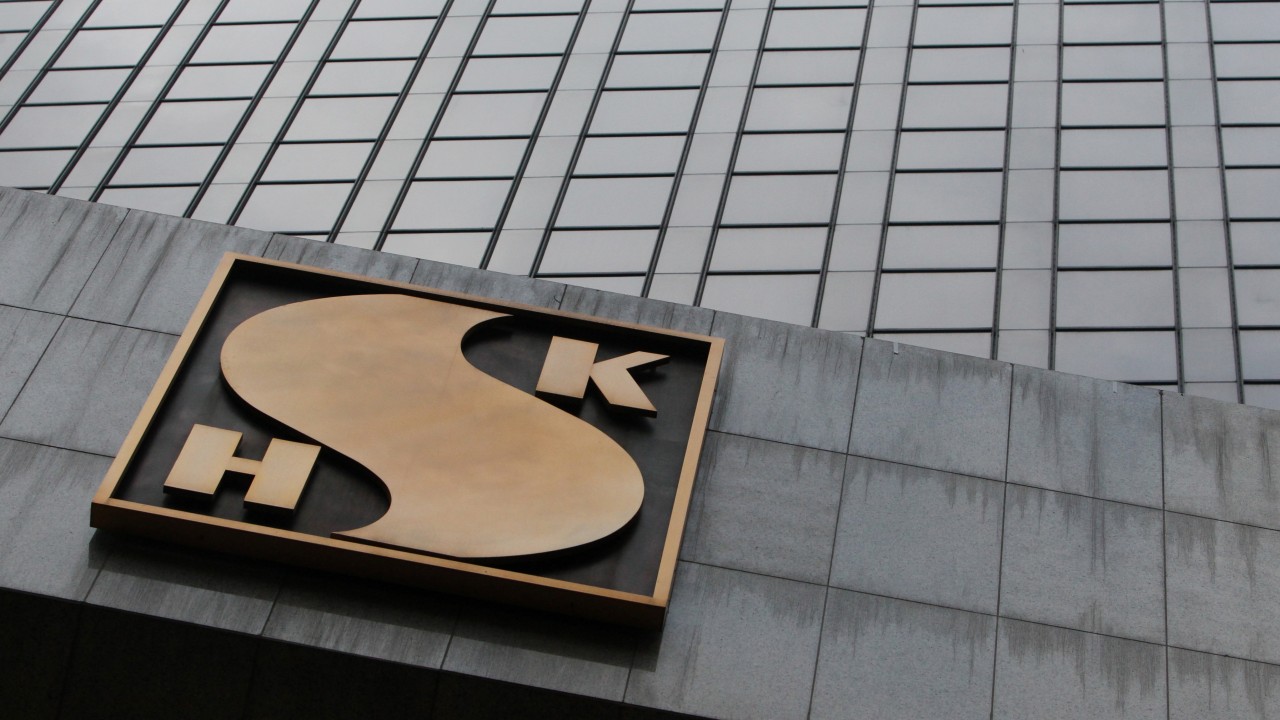Sun Hung Kai plans 600-unit residential project in Fanling via land exchange scheme


Sun Hung Kai Properties (SHKP) said it plans to develop a 600-unit residential project in Fanling through a land exchange scheme.
The land exchange agreement involves the first phase of the lease of SHKP’s site in Area 10, Fanling North, with a site area of 98,898 sq ft and a permissible gross floor area of 308,144 sq ft at a land premium of HK$516.68 million (US$61.16 million).
“We are pleased to have completed the first land exchange agreement with the government under the revised land exchange arrangements for the Enhanced Conventional New Town Approach,” Hong Kong’s largest developer by market capitalisation said on Wednesday. SHKP said it expects the agreement will help expedite the development of the Northern Metropolis area.
The developer plans to build the project with a commercial and residential floor area of about 336,000 sq ft. The whole project is expected to be completed in phases from 2030 onwards to tie in with the scheduled completion of the local infrastructure in 2031.
In addition to the residential and retail facilities, SHKP is required under the agreement to build a large public open space of 87,400 sq ft on an adjoining parcel and a public transport interchange of 53,800 sq ft on the ground level of the project.
Both facilities are intended to serve the future population living in public and private housing in Fanling North.
The total cost of the land exchange agreement for this project includes a land premium of HK$516.68 million and a construction cost of HK$267.8 million for the public facilities.
To enhance development projects and land supply, the government relaxed conditions on land exchanges for the Northern Metropolis project in the New Territories at the end of last year.
The Enhanced Conventional New Town Approach is currently adopted for the Kwu Tung North/Fanling North and Hung Shui Kiu/Ha Tsuen New Development Areas. Under this approach, the government will in principle resume all private land planned for development, before allocating for various purposes including private development.
But for sites planned for private development, the government allows in situ land exchange applications from land owners subject to certain conditions.
Source link

